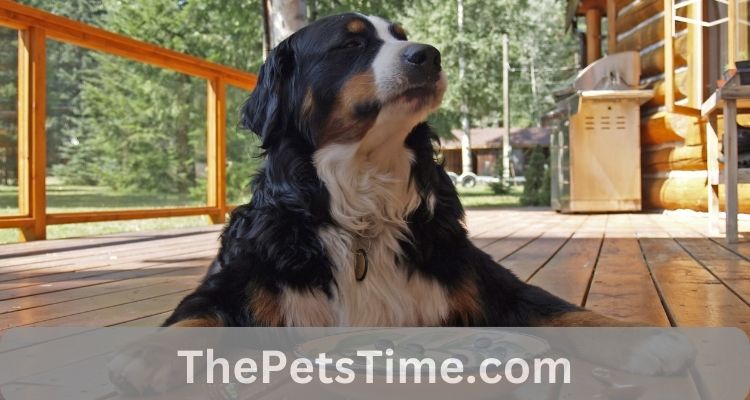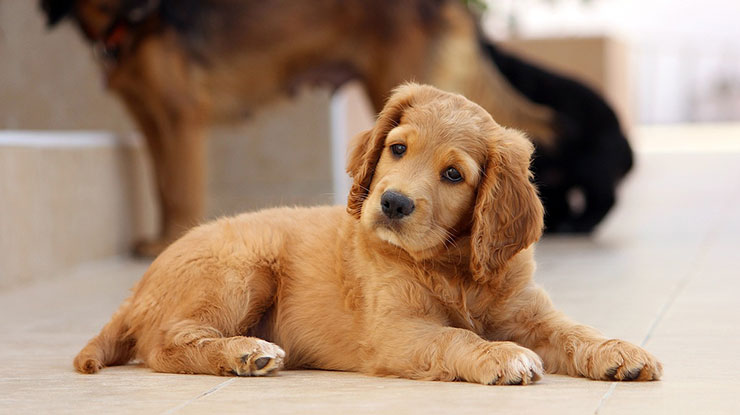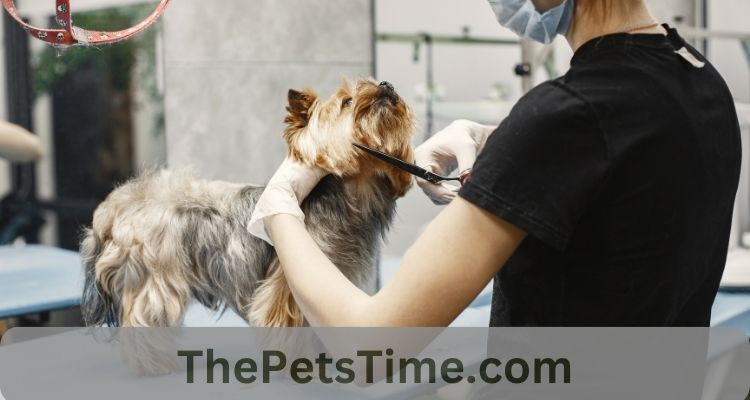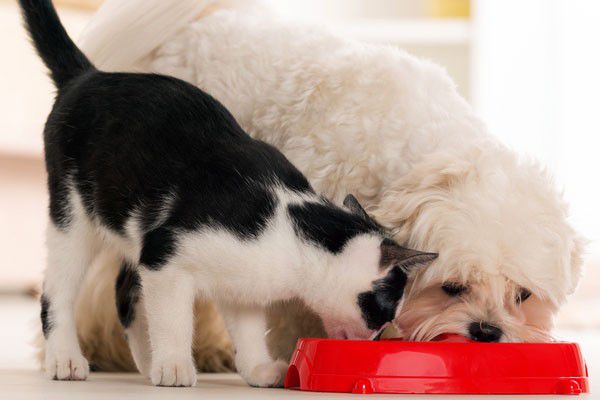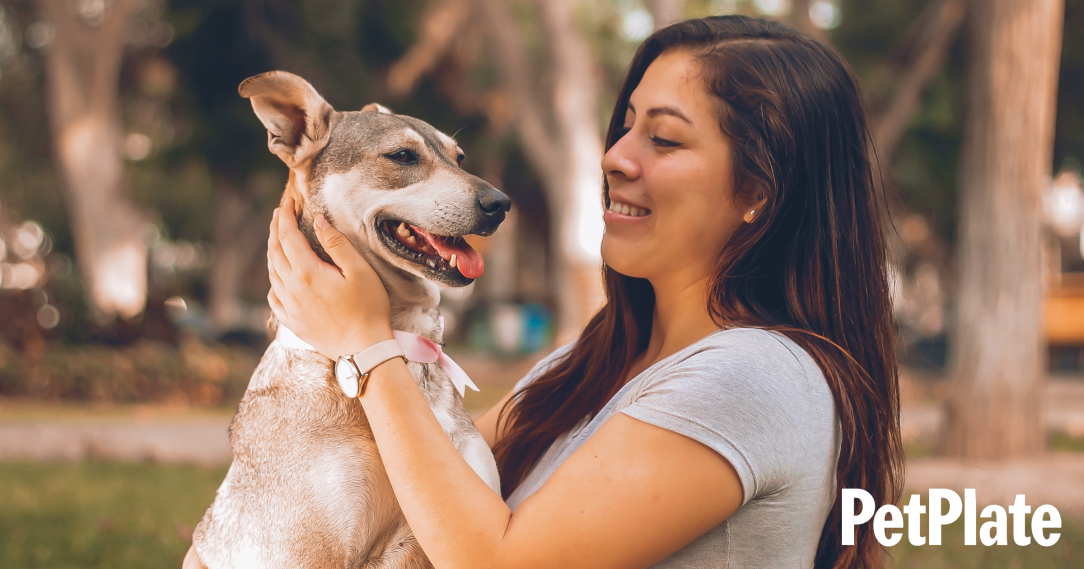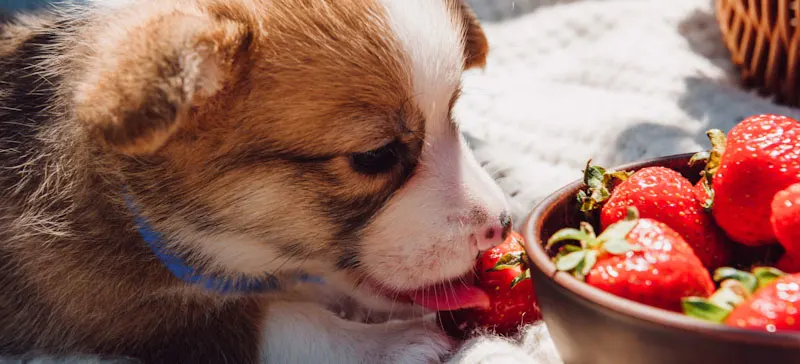Having an outdoor pet can be a rewarding experience. However, remember that you must not keep your four-legged friends locked indoors. Allowing your pet time outside provides them with fresh air, sunshine, and opportunities to exercise and explore. However, there are also risks associated with keeping pets outdoors that need to be properly addressed. As a responsible pet owner, it is important to take precautions to keep your outdoor pet happy, healthy, and safe. Here are some of the tips to follow when keeping your dog or cat outdoors.
Keep Surfaces Clean
Outdoor pets will inevitably end up with dirty and muddy paws from being outside. You need to take appropriate steps to keep their areas clean for better hygiene and paw health. Designate a mudroom area for pets to transition in and out of the house. Install boot trays, mats, and towels to wipe feet. Keep paw-cleaning wipes handy for a quick wipe-down. Regularly sweep, hose down, or pressure wash patios, decks, and porches to remove dirt, leaves, and waste. Pick up solid waste from your yard promptly and dispose of it properly. If waste accumulation becomes a regular issue or you just don’t want to pick up your pet’s waste, consider hiring a Poop Scoop Service to ensure that your yard remains clean.
Provide Shelter
Having proper shelter is essential for any outdoor pet. The shelter should be sturdy, insulated, and weatherproof to protect against all elements. For dogs, a well-built wooden doghouse raised off the ground works well. The house should be just large enough for the dog to stand up, lie down, and turn around inside. For cats and other pets, an enclosed ‘catio’ or patio is ideal. This allows them outdoor access while keeping them safely contained. The enclosure should have a roof and screened sides. Inside the shelter, provide a soft bed for resting. In winter climates, consider installing a heating source to keep the interior warm. In hot areas, ventilation and shade are important.
Supply Water
Outdoor pets need a constant supply of fresh, clean drinking water. Use tip-proof, non-spill bowls secured in place. Ceramic and metal bowls are more sanitary than plastic. Position the bowls in a shaded area to help keep the water cool and prevent algae growth. Change the water at least twice daily or more often in hot weather. Check the supply frequently and refill when low. In winter, use heated bowls to prevent freezing. Make sure the heating elements are chew-proof and safe. Keep the area around the water bowls clean to avoid contamination. Provide multiple water stations around your property if you have a large yard.
Access to Food
Feed outdoor pets at least twice per day or as advised by your vet. Pick up any leftover food after meals to avoid spoilage or attracting wildlife like raccoons. The dry kibble left outside tends to get stale and moldy. Canned or moist foods are a better choice since they don’t spoil quickly. Automatic feeders designed for outdoor use are very helpful. They dispense pre-portioned amounts of dry food at set intervals. Look for ones made of chew-proof plastic. Position it in a covered area to keep the kibble protected. Timed feeders allow pets to eat smaller meals throughout the day. Pay attention to your pet’s appetite and weight. Increase portions if they lose weight or seem overly hungry.
Safety Proof Your Yard
Do a thorough inspection of your entire property to identify and eliminate any hazards. Keep poisonous plants out of reach or removed entirely. Common toxic plants include sago palms, azaleas, rhododendrons, and oleander. Dispose of pesticides, fertilizers, antifreeze, and other dangerous chemicals properly. Check for sharp objects like nails, glass, or chicken wire and remove them. Make sure all power cords are in good condition and cannot be chewed. Check fences for gaps or holes and repair any openings your pet could squeeze through. Removing all risks from your yard will make it much safer. Moreover, do routine re-inspections to check for new hazards.
Proper Identification
ID tags and microchipping are essential for any pet with outdoor access. Tags should be engraved with your current contact info and pet’s name. Attach them to a well-fitted collar worn at all times. Since collars can slip off, also microchip your pet. This implants an ID chip under their skin with your registration info. Animal shelters routinely scan for chips to identify lost pets. Also, consider having your phone number embroidered or stenciled onto your pet’s collar. Current identification provides the best chance of being reunited if your pet becomes lost or separated.
Proper Containment
Never allow your pet to roam outdoors without supervision or proper measures in place that prevent them from going outside your premises. For dogs, install fencing tall/strong enough to prevent jumping or digging out. Bury the bottom of the fence 1-2 feet underground. Check for any gaps and make repairs promptly. Accompany dogs outdoors until they are thoroughly potty trained. For cats, provide an enclosed ‘catio’ or train them to walk outdoors on a leash. Proper containment protects your pet and keeps them from getting lost or injured. It also maintains good relationships with your neighbors.
Conclusion
Being a responsible pet owner means taking every precaution to make the outdoor environment as secure as possible. Your pet’s well-being depends on you taking steps to provide for their basic needs while minimizing any risks. If you keep these suggestions in mind, your pet can enjoy being outdoors while avoiding potential hazards.


